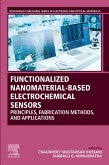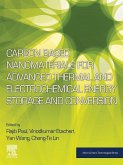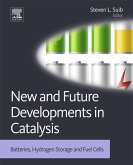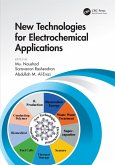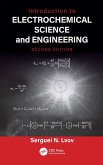Advanced Industrial Lead-Acid Batteries, the latest release in the Electrochemical Power Sources: Fundamentals, Systems, and Applications series, presents a detailed accounting of reserve and motive power industrial lead-acid batteries, also including recent developments and new applications. Lead-acid batteries (LAB) for reserve and motive power applications have, in recent years, undergone an evolutionary process triggered by novel developments in telecommunication, information technology, material handling, and renewable energy applications. This book details those advances, giving users the latest information on this rapidly advancing field. - Presents a complete description and deployment of industrial batteries - Gives a detailed accounting of all the components of industrial batteries and their functions - Covers the most common service-life limiting factors of industrial batteries - Includes a comprehensive list of battery testing methods, i.e., capacity and self-discharge tests - Lists the usual parameters in battery management systems that are necessary for correct field function - Provides details on all manufacturing techniques of LAB
Dieser Download kann aus rechtlichen Gründen nur mit Rechnungsadresse in A, B, BG, CY, CZ, D, DK, EW, E, FIN, F, GR, HR, H, IRL, I, LT, L, LR, M, NL, PL, P, R, S, SLO, SK ausgeliefert werden.



